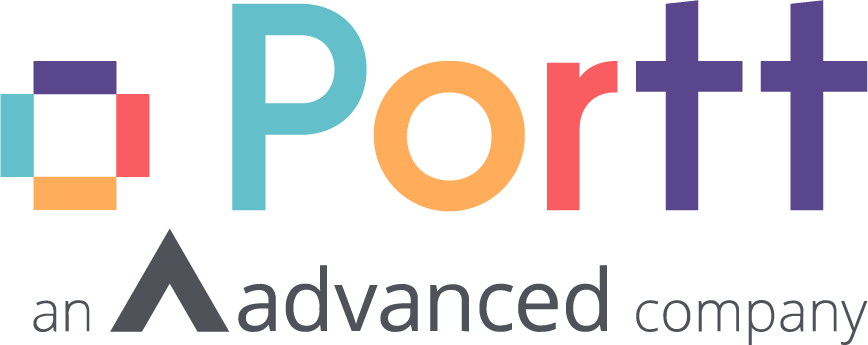Good procurement was once a case of simply sourcing the right goods and services at the lowest possible cost. These days, however, businesses are realising that choosing the right suppliers can have positive impacts beyond operational cost-cutting.
This is the thinking that informs sustainable procurement, defined in ISO20400 (Sustainable Procurement Guidance) as “procurement that has the most positive environmental, social and economic impacts possible over the entire lifecycle”.
Yet while it’s a powerful initiative, it’s also challenging to know where to start.
Digital enablement, however, can play a hugely important role in accelerating your pathway towards sustainable procurement practice.
In this article we’ll discuss 5 key considerations for digitising your sustainable procurement, but let’s first cover what sustainability means for your procurement function.

What Does Sustainability Mean for Procurement?
At a minimum, the sustainability focus makes procurement increasingly accountable for social, economic and environmental outcomes when making supply chain decisions.
Using procurement for social good is an empowering notion in and of itself, but it’s also an opportunity for procurement functions to demonstrate broader business value and, in doing so, gain increased influence and advocacy.
This is because sustainability also goes hand in hand with other business objectives, such as:
- Supplier risk management
- Cost optimisation
- Customer centricity
- Competitive advantage
- Legislative and regulatory compliance
- Shareholder confidence
- Organisational ethics.
By using sustainability to drive the business toward these other objectives, procurement functions are therefore likely to gain the confidence and trust of organisational stakeholders – who otherwise might not have known just how much the function has to offer.
The challenges of sustainable procurement
While many procurement functions maintain environmental targets or supplier codes of conduct, actually operationalising these objectives and demonstrating quantifiable progress is often difficult.
This is where the workflow efficiencies, data analysis and visualisation of a digital solution make things far easier. A digital procurement strategy should therefore be front of mind when considering how to achieve higher levels of sustainability.
However, procurement teams can’t achieve this transformation on their own. For this reason, innovation and digitisation should also be considered in parallel with building strategic supplier relationships that accelerate sustainable outcomes.
5 Key Considerations in Digitising Sustainable Procurement
Define and prioritise what is most important
Every procurement function will have different priorities when it comes to digitising sustainable initiatives. For example, you might wish to:
· Operationalise your sustainability policy criteria by configuring it within your online procurement workflow
· Digitise supplier risk assessment, onboarding and management workflow within your source-to-manage process.
· Enable real-time visualisation of sustainable procurement data from the beginning of your procurement process – not just retrospectively when the risk has occurred or the opportunity to improve may be lost.
Be an informed buyer
Before sourcing a digital solution, consider the full range of products available – including those that may have been developed in the time since you last assessed the market. New entrants and rapid product development has disrupted the balance of power within digital procurement, and this can positively affect your payback or internal rate of return on digital investment.
Be open minded in your approach
Don’t rule out solutions from other sectors (public, private, not-for-profit) that have clearly been successful. Procurement functions across every sector share the same challenges and opportunities, so have the courage to leverage what has worked elsewhere.
Ensure your value for money assessment stacks up
Ensure you fully understand the value proposition of the solution you are planning to choose, and align it with the sustainability goals of your function and the broader business.
You’ll also want to consider the ‘speed to value’ of your new solution by calculating how quickly it will realistically integrate, gain optimal utilisation, and deliver your chosen business outcomes. Be clear on the value that can be delivered in Year 1 especially, as this could literally determine success or failure of your funding ask.
Consider your strategy as a multi-step approach
Digitising sustainable procurement may be the catalyst to achieving greater funding for other components of your procurement value chain.
For example, if you focus on improving supplier onboarding, risk assessment and improved relationship management as part of the sustainability objective, your efforts to secure additional funding upstream to other components of the procurement lifecycle (e.g. source-to-contract, procure-to-pay) are much more likely to be successful.
Ready to digitise your sustainable procurement?
Portt’s leading digital procurement platform allows you to:
Capture and record all supplier sustainability data (certifications, licenses, assessments).
Monitor dynamic sustainability risk for each supplier
Capture and record social benefits per contract
Article written by: Rob Halsall, Portt Brand Ambassador



